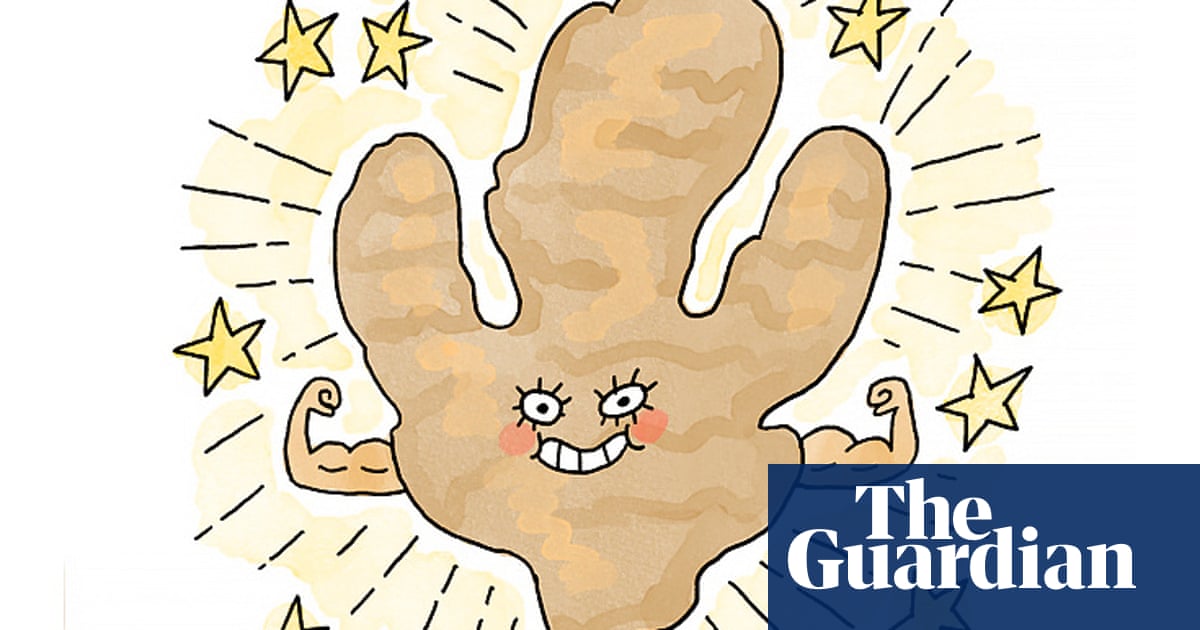Autoimmune diseases affect as many as 800 million people around the world – around one in 10 of us. From multiple sclerosis and lupus to type one diabetes and rheumatoid arthritis, these conditions all share a common trait: the body’s own immune system turns against itself.
Current treatments aim to suppress that response, but dialing down the entire immune system comes at a steep cost: it leaves patients vulnerable to other illnesses and often requires daily, invasive care.
A revolution is now underfoot, as researchers are developing a new approach that targets only the specific part of the immune system that’s gone rogue. These treatments are known as “inverse vaccines” because they suppress a particular part of the immune system, rather than amplifying it, as existing vaccines do.
“This is the holy grail,” says Northwestern University immunologist Stephen Miller. “We want to use a scalpel rather than a sledgehammer to treat these diseases.”
Miller’s 2021 paper, published in 2022 in Gastroenterology, was the first to demonstrate that inverse vaccines could be effective in humans. The study looked at celiac disease, in which the immune system attacks the intestinal lining when it detects the presence of gluten, a protein found in wheat and other grains.
Over two weeks, 33 celiac patients who were in remission ingested gluten; about half had received the inverse vaccine beforehand, while the other half got a placebo. After two weeks, researchers examined the subjects’ intestinal lining and found that the inverse vaccine group had no damage, while the placebo group showed a noticeable worsening of symptoms.
The basic idea of inverse vaccines rests on using certain synthetic nanoparticles attached to particular disease-related proteins – called antigens – as targeted messengers to retrain the immune system. The nanoparticles mimic dying human cells, a normal ongoing process. Although these dying cells are “foreign”, the immune system knows not to attack them. The immune system learns to ignore both the nanoparticles and the attached proteins, and stops attacking the body.
“What this does is, it re-educates the immune system,” says NYU bioengineer Jeffrey Hubbell. “So then it says: ‘OK, I’m good, I don’t need to attack this, because I see that it’s not a threat.’”
In 2023, Hubbell and his colleagues published a peer-reviewed paper in Nature showing that this method could halt the mouse version of multiple sclerosis (MS), a disease in which the immune system attacks nerve cells in the brain and body. Over the past eight months, Anokion, the company started by Hubbell and others to commercialize their work, has announced successful early trials in humans in both celiac disease and MS.
“There have been more than a few tears of happiness shed by me and my team when we’ve seen the clinical results,” Hubbell says.
The discovery that certain negatively charged molecules could re-train the immune system to stop attacking our own tissues was “absolute serendipity”, says University of Calgary immunologist Pere Santamaria. He was among the first scientists to uncover this. “I would never have guessed it,” he says. “Not even in my wildest dreams.”
Santamaria has spent most of his career focusing on type one diabetes, a disease in which the immune system attacks the pancreas cells that produce insulin. Recently though, he has begun exploring inverse vaccines for other autoimmune disorders, including a disease called primary biliary cholangitis (PBC) that affects bile ducts in the liver. One advantage of working on PBC is that because it is rare, clinical trials don’t require nearly as many patients; as a result, the drug approval process can move more quickly. “And once we get approval for one indication, we may be able to go faster with others,” Santamaria says.
One of the key advantages of inverse vaccines is their broad versatility; it appears that the approach can work for a wide range of autoimmune diseases. “It works all the time in animals,” says Santamaria. “We’ve tried this in many different animal models of autoimmune disease.” (Of course, success in animal studies doesn’t automatically translate to success in humans.)
Last year, Bana Jabri, the director of Institut Imagine in Paris, cowrote a review of inverse vaccine efforts. She is cautiously optimistic about their potential, but also notes that the immune system is immensely complex. Some immune cells, for example, circulate throughout the body, while others reside permanently in specific tissues. Jabri says it’s not yet clear that current inverse immune treatments can affect both kinds of cells.
after newsletter promotion
Another potential advantage: most researchers say that the effect will likely last for months or perhaps longer – similar to the pattern seen for many non-inverse vaccines. “The immune system is incredible,” Hubbell says. “It has a memory, and that memory lasts.” Currently, most treatments for autoimmune disease require more frequent treatment, often a regimen of daily medicine.
In addition, inverse vaccines seem to have benefits beyond autoimmunity. They may work for allergies, which also involve an overreaction by the immune system – in this case to a food or environmental trigger rather than one’s own body. In 2022, Miller and his colleague, University of Michigan biomedical engineer Lonnie Shea, published a small study with mice with peanut allergy. The animals who received an inverse vaccine were able to consume significantly more peanuts without symptoms than those who did not get the vaccine.
Last month, Hubbell and several colleagues published a paper in Science Translational Medicine showing that their inverse vaccine could protect allergic mice from house dust mite antigens, a frequent cause of asthma, as well as antigens to chicken egg whites, a common experimental model for allergy. The protection held up through repeated exposures to the allergens over several months.
And last year, Shea, the University of Michigan the biomedical engineer, published a paper looking at alpha-gal syndrome, a potentially severe allergy to meat caused by tick bites. Infected mice who were given an inverse vaccine showed significantly fewer symptoms than those who were given a placebo. “We were able to basically convince the immune system that these proteins are not dangerous,” Shea says.
At this point, it is difficult to say how long it will be before inverse vaccines are approved for human use. Miller, Shea, Hubbell, Santamaria and other researchers are involved in startup biotech companies working to develop them. Some larger pharmaceutical companies are also bullish on the approach, and are partnering with startups.
In December, Genentech announced a partnership with Cour, the company started by Miller and Shea, that could be worth up to $900m. Last year, Parvus, the startup founded by Santamaria, entered into a collaboration with the pharmaceutical company AbbVie. Several inverse vaccines are now in the midst of or about to start phase two trials, small studies looking at how effective the treatment is in humans.
Some scientists estimate that the first inverse vaccines could be available for use in three to five years. Others are less certain. “I think it will take 10 years to have it nailed down,” Jabri says. “But it could be shorter, or it could be longer.”
Even so, nearly all are optimistic. “Twenty years ago, I would have told you this wasn’t possible, absolutely not,” says Miller. “Today, I can say that it will happen. No doubt.”










